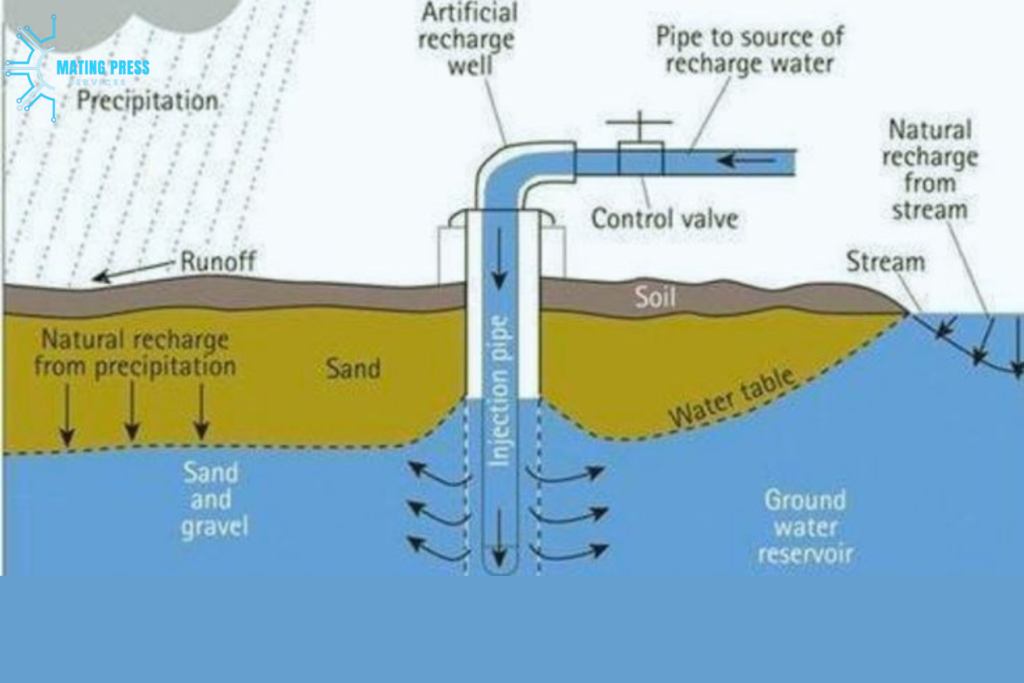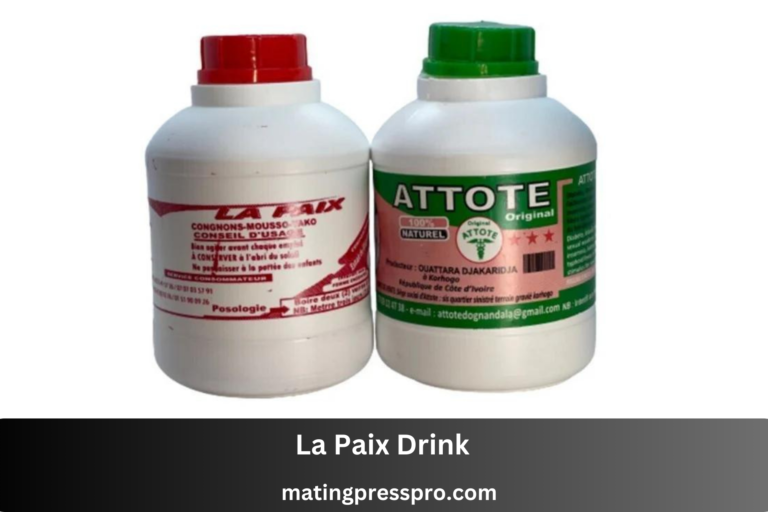Is 0022 PPM Safe to Drink? Debunking Myths About Water Safety

Water is essential for life, and the quality of water that we consume is crucial to our health. One common measurement that people encounter when evaluating water quality is PPM (Parts Per Million), a term often misunderstood. Specifically, the safety of water with a 0022 PPM Safe to Drink reading has sparked debates and concerns. In this article, we will dive deep into the subject, debunking myths surrounding 0022 PPM, and offering a detailed examination of whether this level is safe for drinking.
Understanding PPM and Its Relevance to Water Quality
Before exploring whether 0022 PPM is safe to drink, it’s essential to grasp what 0022 PPM Safe to Drink stands for and how it relates to water quality. PPM is a unit of measurement that refers to the concentration of one substance in another. When discussing water, PPM is used to express the amount of Total Dissolved Solids (TDS) in the water, which can include minerals, salts, metals, ions, and other organic matter.
For example, if water has a PPM of 0022, it means there are 22 parts of dissolved substances per one million parts of water. These dissolved solids can vary widely in their nature, ranging from beneficial minerals like calcium and magnesium to contaminants like lead or arsenic. The key question is whether this concentration—0022 PPM—is within the safe range for drinking.
Regulatory Guidelines for Safe Drinking Water PPM Levels
Water quality is regulated by several organizations, including the Environmental Protection Agency (EPA) in the United States and the World Health Organization (WHO) globally. The EPA recommends that drinking water should contain no more than 500 PPM of dissolved solids. This limit ensures that water is free from harmful contaminants while still allowing for the presence of beneficial minerals.
In this context, a reading of 0022 PPM Safe to Drink is well below the regulatory limit, suggesting that it is extremely safe for consumption. In fact, water with 0022 PPM is considered very pure, and in most cases, is even purer than many types of tap water or bottled water available commercially.
The Composition of Dissolved Solids in Water

Not all dissolved solids in water are harmful. In fact, many minerals dissolved in water contribute positively to health. However, the specific composition of these dissolved solids is critical in determining water safety. Here’s a closer look at the types of substances that can be found in water at varying PPM levels:
- Minerals: These include calcium, magnesium, potassium, and sodium, which are essential for maintaining a balanced electrolyte level in the body. While these are beneficial, excessively high concentrations may lead to hard water, which can cause scaling on appliances and plumbing fixtures.
- Salts: Commonly present salts like chloride and sulfate may occur naturally or as a result of industrial pollution. In moderate amounts, these are harmless, but higher concentrations can contribute to the salty taste of water and may cause long-term health issues.
- Metals and Contaminants: Trace amounts of metals like lead, arsenic, and mercury are the primary concerns when it comes to water contamination. Even in minute amounts, these can be toxic and pose serious health risks over time.
At 0022 PPM, it’s likely that the dissolved solids consist primarily of benign or beneficial minerals. The presence of harmful contaminants at such a low concentration is generally unlikely unless the water source is contaminated by external pollutants.
Comparing 0022 PPM Safe to Drink to Other Water Types
To better understand the safety of water with a 0022 PPM reading, let’s compare it to other common water types in terms of their PPM levels:
- Distilled Water: With a PPM of less than 10, distilled water is considered the purest form of water. It is produced by boiling water and collecting the steam, which leaves behind nearly all dissolved solids. This water is often used for laboratory experiments and medical purposes but lacks any beneficial minerals.
- Tap Water: Depending on the region, tap water can vary greatly in PPM levels, ranging anywhere from 50 PPM to over 400 PPM. Tap water is treated to remove harmful contaminants, but it often retains minerals and additives like fluoride and chlorine.
- Bottled Water: Commercially available bottled water typically has a PPM between 10 and 300, depending on the source and the purification methods used. Many brands market themselves as providing pure or mineral-rich water, though the exact content may vary.
- Spring Water: Sourced from natural springs, this water may have PPM levels between 50 and 250, with most of the dissolved solids consisting of naturally occurring minerals like calcium and magnesium.
In comparison, water with a 0022 PPM reading is far lower in dissolved solids than most tap or bottled water. This indicates that it is extremely pure and unlikely to contain harmful contaminants, making it ideal for daily consumption.
Debunking Myths About Low PPM Water
Despite the clear scientific guidelines, several myths persist about water with low 0022 PPM Safe to Drink levels, particularly around the safety of drinking such water. Let’s take a closer look at some of these misconceptions and the truth behind them.
Myth 1: Low PPM Water Lacks Essential Minerals
Many people believe that water with very low PPM readings is unhealthy because it lacks essential minerals like calcium and magnesium. While it’s true that low PPM water contains fewer dissolved minerals, this is not necessarily a bad thing. The primary role of water is hydration, and most of the minerals our bodies need come from food rather than water.
In fact, the EPA and other regulatory agencies have set 500 PPM as the maximum limit, not the minimum. There’s no requirement for water to contain high levels of minerals to be considered safe.
Myth 2: Low PPM Means Poor Taste
Taste is subjective, and while some people may prefer the “fresh” taste of water with higher mineral content, others find low PPM water to be crisper and cleaner. Taste preferences vary, but there is no scientific evidence to suggest that water with a 0022 PPM Safe to Drink level is inferior in quality.
Water’s taste is more often influenced by factors such as chlorine, fluoride, and sulfates, which are often found in tap water. The lower the PPM, the fewer dissolved substances can alter the water’s flavor, making it ideal for people who enjoy a neutral or clean taste.
Myth 3: Low PPM Water is Acidic
Another misconception is that water with a low PPM is acidic and therefore harmful to the body. In reality, acidity and alkalinity are measured by pH levels, which are independent of PPM.
Water with a 0022 PPM Safe to Drink reading can have a neutral pH, meaning it is neither acidic nor alkaline. Neutral pH water is optimal for drinking, as it is neither too hard nor too soft on the digestive system.
Health Implications of Drinking 0022 PPM Water
Water with 0022 PPM is considered very safe to drink and offers several health benefits, particularly because of its low concentration of contaminants. Let’s explore some of the health implications of drinking low PPM water.
Enhanced Hydration
Because water with low PPM levels contains fewer impurities, it may be absorbed more effectively by the body. Studies suggest that the absence of certain dissolved solids in low PPM water allows it to pass through cell membranes more easily, promoting better hydration.
Reduced Risk of Toxins
At 0022 PPM, the likelihood of harmful toxins such as lead, arsenic, or mercury being present is incredibly low. These contaminants are typically found in water with higher PPM levels due to industrial pollution, old plumbing, or agricultural runoff. By drinking water with a 0022 PPM Safe to Drink reading, you significantly reduce your exposure to these harmful substances.
Lower Sodium and Chloride Levels
For individuals on low-sodium diets, water with a 0022 PPM reading may be a better choice than water with higher PPM levels, which may contain higher concentrations of dissolved salts. Reducing sodium intake is essential for managing blood pressure and overall cardiovascular health, making low PPM water a suitable option for those with hypertension or heart disease.
Gentle on Kidneys
The kidneys are responsible for filtering out excess minerals and contaminants from the blood. Drinking water with a 0022 PPM Safe to Drink level is gentler on the kidneys because it reduces the workload of filtering out unnecessary dissolved substances. This can be especially beneficial for people with kidney disease or compromised kidney function.
Environmental and Practical Benefits of Low PPM Water

Apart from its health benefits, low PPM water offers practical and environmental advantages, particularly in its impact on household appliances and its role in sustainable water consumption.
Prolongs the Lifespan of Household Appliances
Water with higher PPM levels often contains calcium and magnesium, which can lead to the buildup of scale in household appliances such as water heaters, dishwashers, and coffee makers. This scale buildup can reduce the efficiency of appliances and shorten their lifespan.
Water with 0022 PPM is unlikely to cause any scale buildup, allowing appliances to function more efficiently and last longer without the need for regular maintenance or descaling treatments.
Ideal for Cleaning and Cooking
Low PPM water is also ideal for cleaning and cooking. When cleaning, it leaves fewer residues on surfaces, and when used in cooking, it doesn’t alter the flavors of food. This is why professional chefs often prefer using purified water with low PPM levels in their kitchens.
How to Measure and Maintain Safe PPM Levels in Your Drinking Water
Testing your water’s PPM level is simple and can be done using a TDS (Total Dissolved Solids) meter. These devices are affordable, easy to use, and provide instant readings of your water’s PPM levels.
visit more pages click him.>>>>>
Steps to Test Your Water’s PPM:
- Collect a Sample: Pour water into a clean glass or cup.
- Insert the TDS Meter: Turn on the TDS meter and place the probe into the water sample.
- Read the Results: The meter will display the PPM level within seconds. A reading of 0022 PPM indicates that your water is exceptionally pure.
If your water exceeds 500 PPM, it may be worth investing in a water filtration system, such as a reverse osmosis unit, to reduce the concentration of dissolved solids. These systems are highly effective in lowering PPM levels, ensuring that your water is safe and pleasant to drink.
FAQ’s
What does 0022 PPM mean in terms of water quality?
PPM (Parts Per Million) measures the concentration of dissolved solids in water. 0022 PPM means there are 22 parts of dissolved substances for every one million parts of water. This is an extremely low concentration, indicating very pure water.
Is 0022 PPM safe to drink?
Yes, 0022 PPM is considered safe to drink. It is well below the regulatory limit of 500 PPM set by the EPA and indicates that the water contains very few dissolved solids, making it extremely pure.
What kind of dissolved substances might be in water with 0022 PPM?
Water with 0022 PPM may contain trace amounts of beneficial minerals like calcium, magnesium, and potassium. Harmful contaminants are unlikely to be present at this low level unless the water source is heavily polluted.
Does 0022 PPM water lack essential minerals?
While 0022 PPM water contains fewer dissolved minerals than higher PPM water, the essential minerals our bodies need primarily come from food, not water. Drinking low PPM water does not negatively impact mineral intake.
Can I use water with 0022 PPM for cooking?
Yes, 0022 PPM water is ideal for cooking. It has fewer impurities that might affect the taste of food, making it a great option for maintaining the natural flavor of ingredients.
How can I test the PPM level of my drinking water?
You can use a TDS (Total Dissolved Solids) meter to measure the PPM level in your water. These meters are easy to use and provide instant readings, allowing you to check the purity of your water at home.
Conclusion: Is 0022 PPM Safe to Drink? Absolutely!
Water with a 0022 PPM reading is very safe to drink, offering numerous benefits without the risk of harmful contaminants. While myths persist about low PPM water being unhealthy, the truth is that it provides enhanced hydration, reduced exposure to toxins, and is gentle on the body’s organs, particularly the kidneys. Moreover, its practical benefits make it ideal for household use, prolonging the lifespan of appliances and improving the quality of daily tasks like cooking and cleaning.
At 0022 PPM, your water is pure, safe, and refreshing—making it an excellent choice for healthy, everyday hydration.






